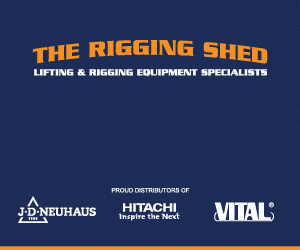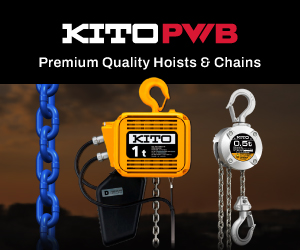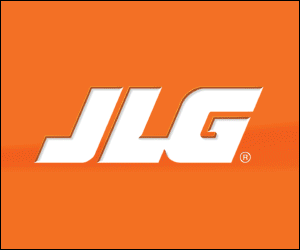)
Raising safety issues
Justin Boehm, member engagement manager for Australia at the Lifting Equipment Engineers Association (LEEA), examines key safety issues associated with crane lifting in Australia, and key precautions to take to avoid them.
Safety is paramount in any lifting operation. Whether you are an operator or a handler, tasks are often very dangerous, and the industry must constantly look to raise safety standards for crane and lifting operations.
Every year there are injuries and deaths in Australia from work involving cranes. Safe Work Australia statistics highlight the concern: between 2003–2015, 47 workers were killed in incidents involving cranes and on average there are around 240 serious injury claims every year.
Lifting equipment failure can have dramatic consequences for both those directly affected and those held responsible. To ensure safe practice it is crucial that users are fully aware of issues surrounding Design Working Period and maintenance responsibilities.
The sad litany of in-service failure of cranes and other lifting gear has many causes, from criminal negligence downwards. One recurrent theme is the failure of equipment that appears to be operating well within its ‘safe working load’ and ‘design life’. Such incidents are seen both in ageing and in relatively new equipment and suggest that those responsible for safe maintenance and operation do not always fully understand the ‘life cycle’ of the crane and its implications for safety.
Age-related failures are entirely avoidable provided everyone in the chain of responsibility performs their role and understands that modern finely engineered crane does not necessarily last for ever – they have to be looked after.
Part of the problem may be that the simple concepts of ‘design life’ and ‘safe working load’ are not really valid in modern practice. The whole approach to the design of cranes has changed in relatively recent times.
Greater understanding, combined with the ability of Computer Aided Engineering has enabled engineers to design close to the ‘limit state’, not just in terms of static loads but in terms of cyclical or fatigue loading, and in the effects of wear and tear. That has yielded great benefits in terms of initial cost, ease of transport and assembly, and indeed the giant tower cranes seen on construction sites would not have been possible under the old design approach.
However, this also means that cranes are designed and classified for particular patterns of duty. Structures are designed for a lifetime measured not in calendar years but in working cycles (and mechanisms similarly for a life in running hours). Working cycles are related to the load spectrum – the average load handled by comparison with the nominal rated load.
So, for example, a crane rated at 10t and intended to perform occasional maintenance tasks will be designed differently, and have different vulnerabilities, from a 10t crane intended for continual use on a production line. If the inspection, maintenance and use of the crane takes due account of what is now a quite complicated specification – not a ‘design life’ but a ‘Design Working Period’ (DWP) – all should be well, but there is little margin for error.
Maintaining a history of usage and relating that to the design parameters is vital. It isn’t enough to depend on the periodic inspections and examinations specified because incipient failure – whether in structural members or in wire rope cores, for example – may not be readily visible.
Often any failing that leads to safety issues is a question of competency. The two essential ingredients of competence are (a) practical knowledge and experience combined with (b) technical know-how. It is about a person understanding what they have to do to perform a task, receiving the proper training to ensure they perform it correctly and to understand the limitations of, and safe practices for, the task.
LEEA is increasing even further the depth and breadth of its audits, particularly looking at the competency of members’ employees performing critical tasks, which in turn supports end users in their competency. In addition, LEEA’s training programmes are the benchmark for lifting equipment inspection and add critical skills to the workforce of LEEA members. This means the LEEA badge cuts through any ambiguity when it comes to crane and lifting equipment safety.









